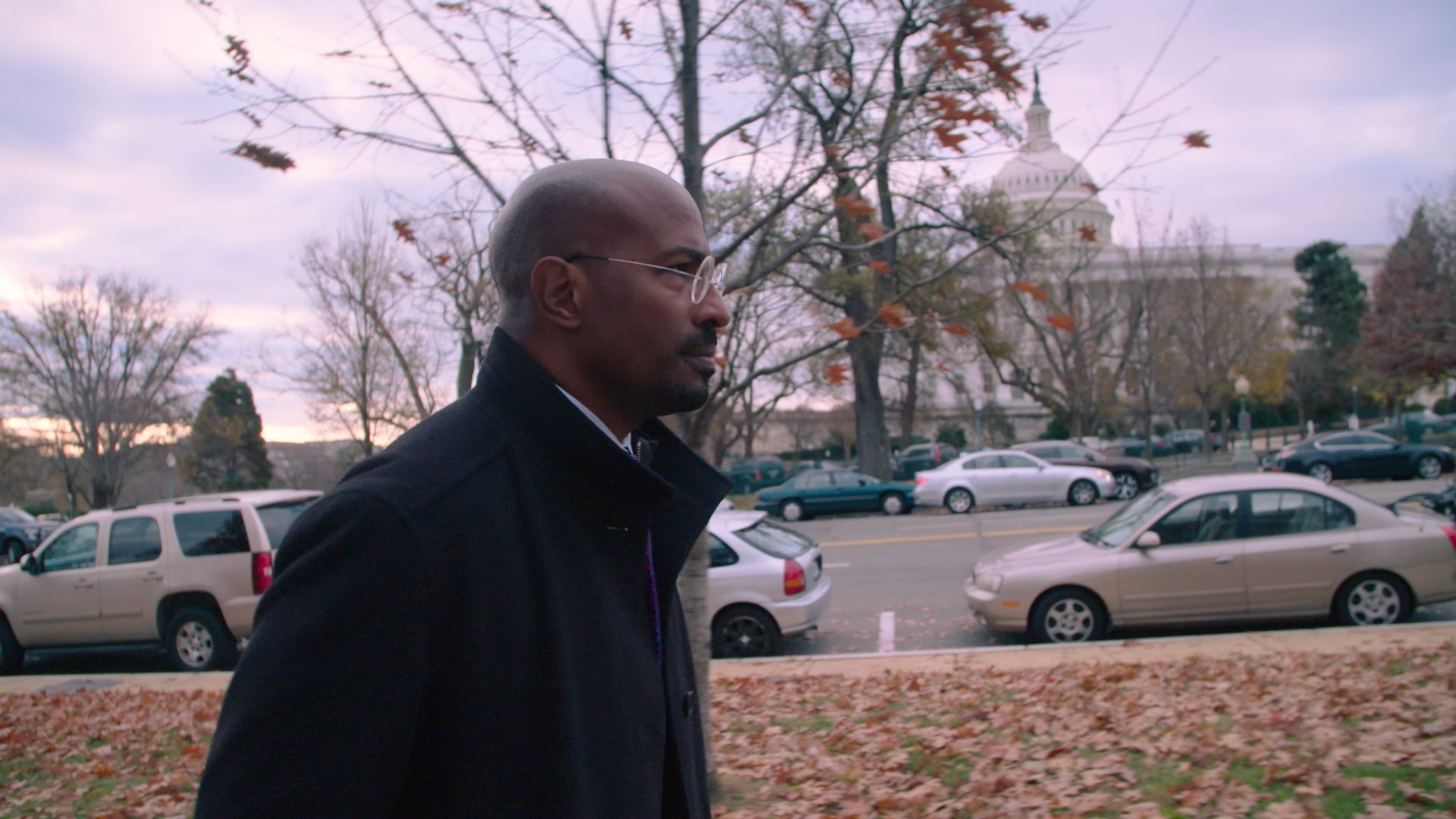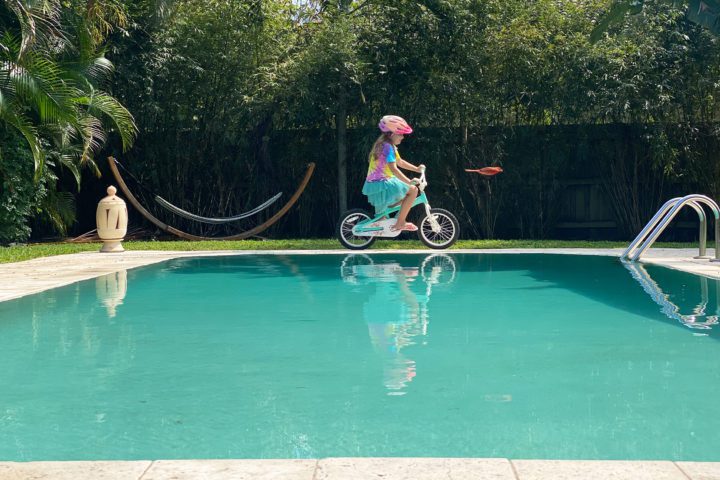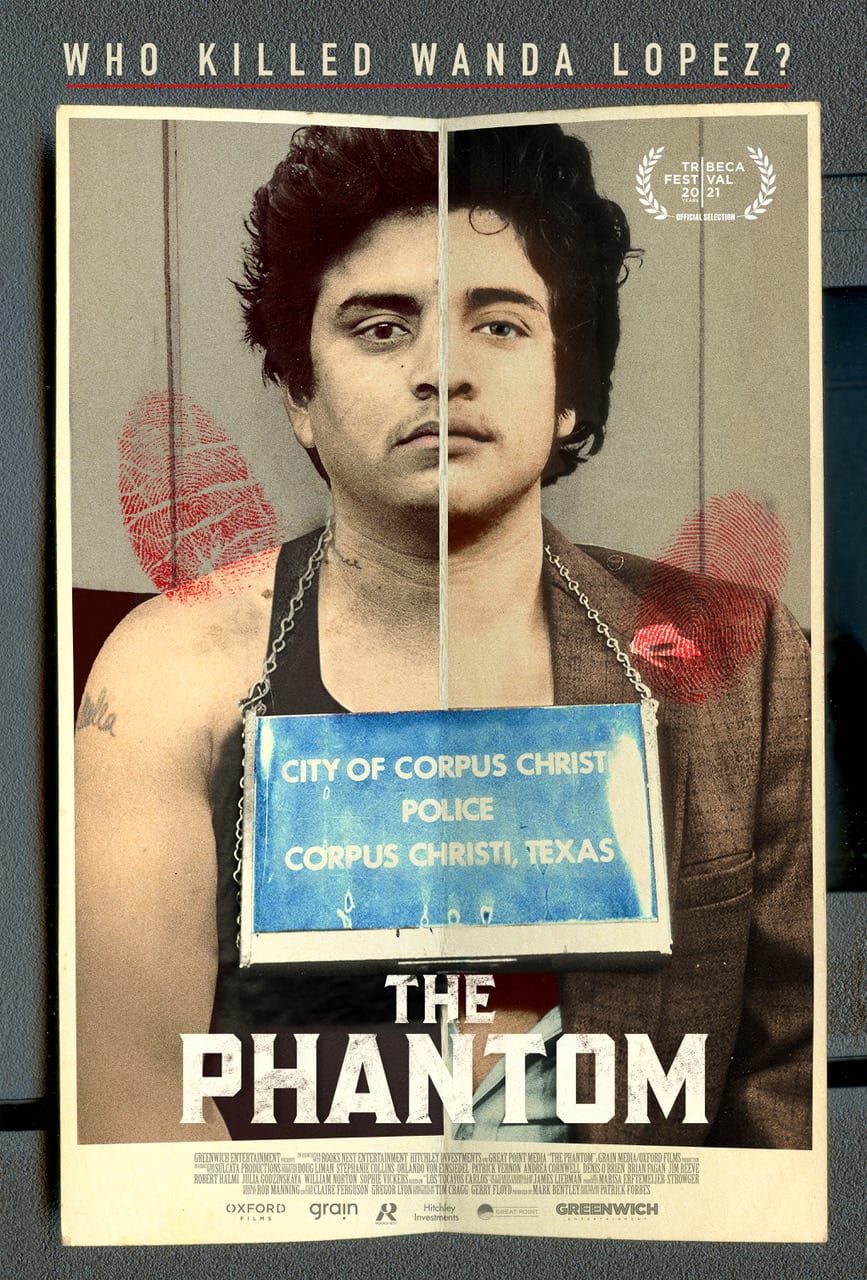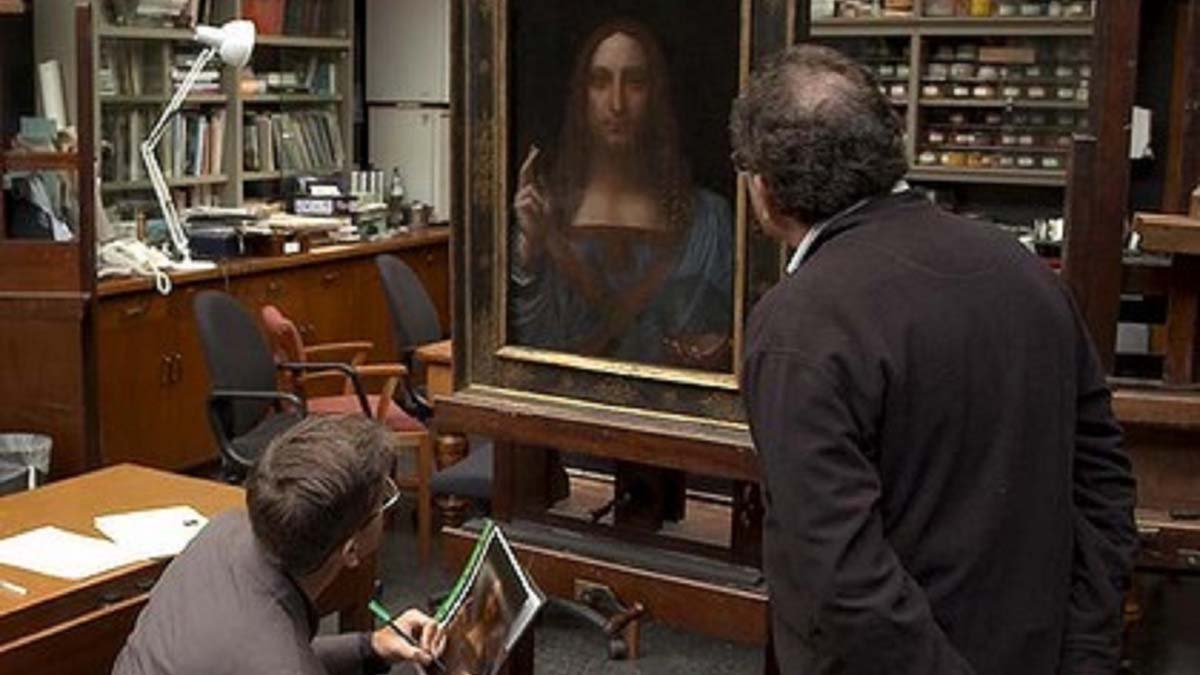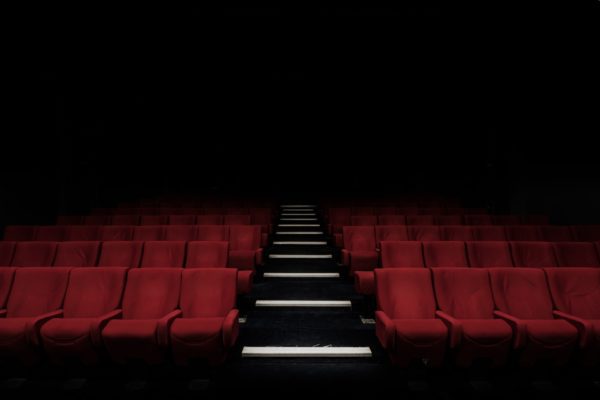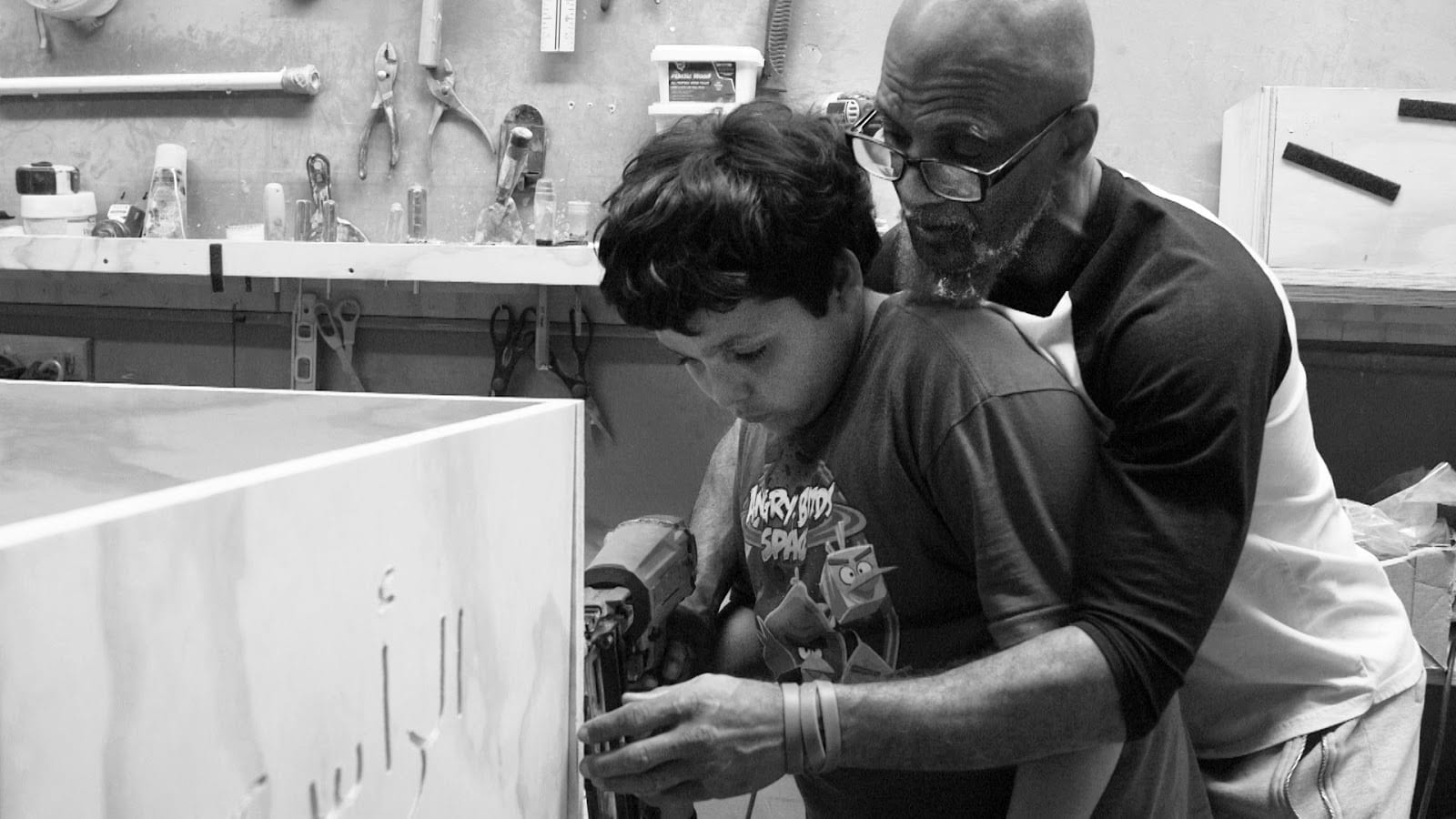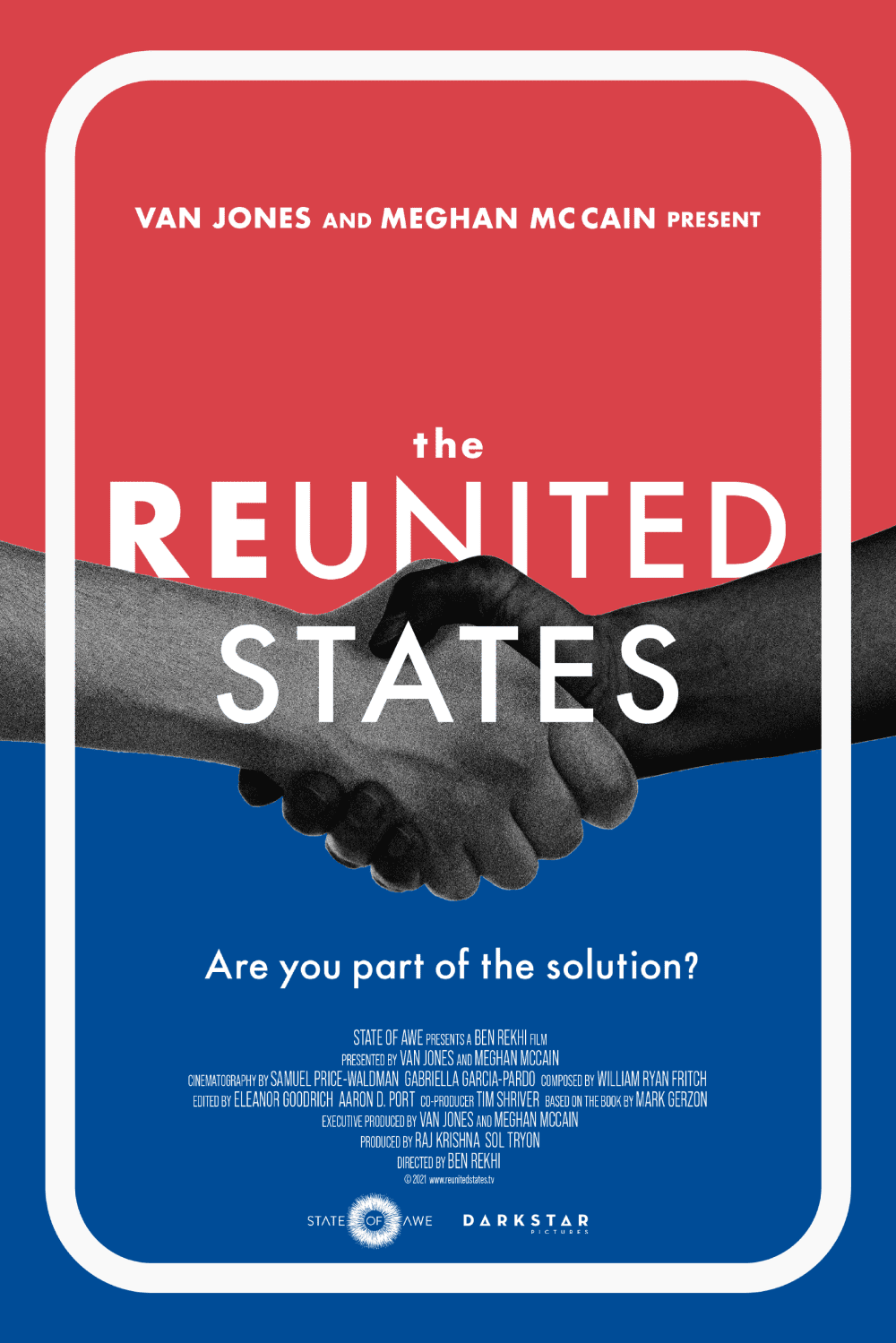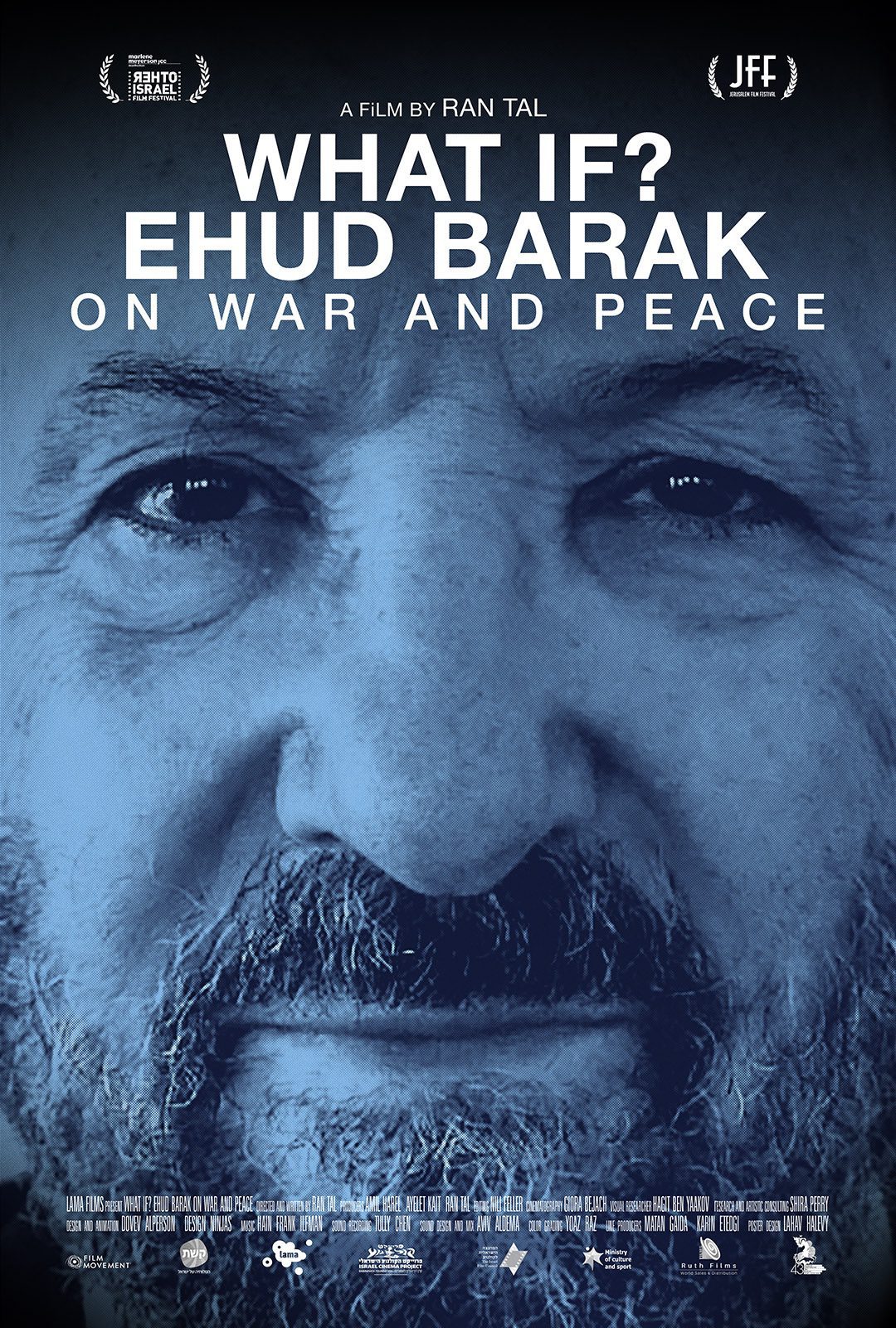
What If? Ehud Barak on War and Peace
“Undoubtedly, the tremendous forces of history will cause the leader to fail to change reality as he wanted, but the leader’s primary obligation is to try to act.” Do leaders actually have the ability to change the world? Or are there so many factors involved that they are just one small force among many? What…

